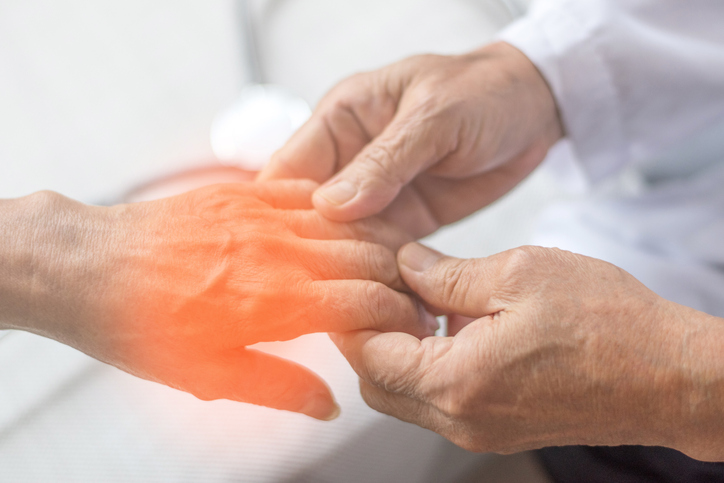There are more than 3 million cases of carpal tunnel syndrome per year in the United States. Peripheral nerve compression of the upper or lower extremity commonly occurs in patients who participate in recreational sports and repetitive occupational activities.
What is Carpal Tunnel Syndrome?

This is the most common nerve entrapment injury. It is caused by compression of the median nerve at the wrist. Although most cases of carpal tunnel have no cause, some of the following may contribute:
- Frequent, repetitive, small movements with the hands (such as with typing or using a keyboard)
- Frequent, repetitive, grasping movements with the hands (such as with sports and certain physical activities)
- Hormonal or metabolic changes (for example, menopause, pregnancy, or thyroid imbalance)
- Changes in blood sugar levels (may be seen with type 2 diabetes)
- Family history of carpal tunnel syndrome.
More Common Symptoms
- Weakness when gripping objects with one or both hands
- Pain or numbness in one or both hands
- “Pins and needles” feeling in the fingers
- Swollen feeling in the fingers
- Burning or tingling in the fingers, especially the thumb, index and middle fingers
- Pain or numbness that is worse at night, interrupting sleep
Other Peripheral Nerve Disorders
Ulnar Neuropathy (or Cubital Tunnel Syndrome)
Compression of the ulnar nerve that occurs almost always at the elbow, but sometimes at the wrist. Ulnar nerve entrapment can cause pain, numbness and tingling in the forearm and the fourth and fifth fingers (ring and little fingers). In severe cases, ulnar nerve entrapment can cause weakness in the hand and loss of muscle mass.
Ulnar nerve entrapment at the elbow can occur when there is prolonged stretching of the nerve by keeping the elbow fully bent or when there is direct pressure on the nerve from leaning the elbow against a solid surface. Similar to the phenomenon of a person’s arm “going to sleep,” or “hitting your funny bone,” a pinched ulnar nerve can result in tingling, pain and numbness.
In some people, the ulnar nerve does not stay in its proper position and can shift across a bump of bone in the elbow when the arm flexes, referred to as a subluxing nerve. Repeated shifting can cause irritation of the ulnar nerve.
Peroneal Nerve Compression/Injury
The common peroneal nerve branches from the sciatic nerve and provides sensation to the front and sides of the legs and to the top of the feet. This nerve also controls the muscles in the leg that lift the ankle and toes upward.
The peroneal nerve can be injured by trauma and nerve compression, including:
- Knee Dislocation
- Knee or leg fracture
- Knee or hip replacement surgery
- Compression of the peroneal nerve in the leg
- Compression of the peroneal nerve by a nerve sheath tumor or nerve cyst
Peroneal Nerve Injury Symptoms:
- Inability to point the toes upward or lift the ankle up (dorsiflexion)
- Pain, weakness or numbness affecting the shin or the top of the foot
- Loss of ability to move the foot
Contact Us
Send a Message to Specialty Surgery Center of St. Louis
If you have any questions, concerns, or comments regarding the Specialty Surgery Center of St. Louis, please fill out the short contact form below.
